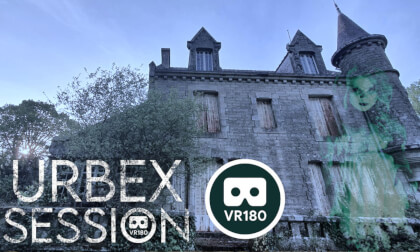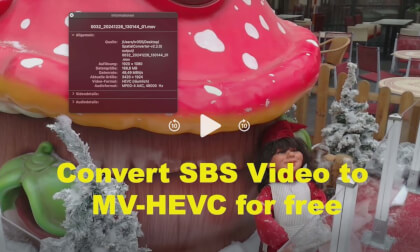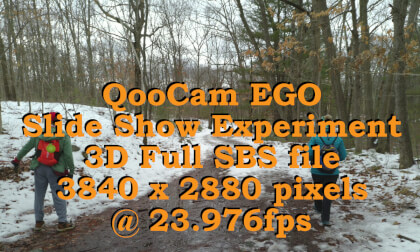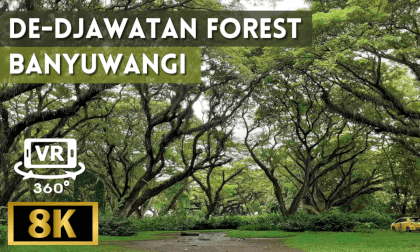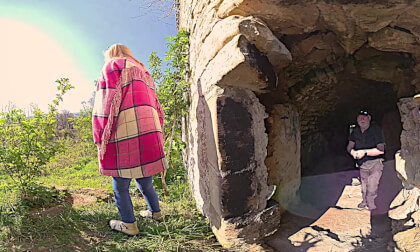New: AI passthrough!
This amazing Deo feature uses the power of AI to turn every VR scene into AR passthrough! Now you can take characters out of VR and have them right there with you - as if they were in the same room.
Notice: AI Passthrough is presently in beta mode, and as such, users may encounter occasional service imperfections. The feature is currently exclusive to the DeoVR app, but it will soon be accessible on both browsers and mobile devices. Your feedback is highly encouraged and appreciated.
Recommended headsets:
Meta Quest 3, and Quest Pro with stereoscopic color passthrough, Pico 4 (monoscopic color passthrough).
Compatible headsets:
Quest 2, Valve Index (monoscopic black and white passthrough).
Passthrough is not compatible yet for Oculus Link cable.
Check out our complete guide to passthrough and join in the discussion at our busy forum.
The whereabouts of the original entrance into the castle is not known. It is believed to be on the right of the tower through the ground floor of the palace itself, a castle lord's residence. Today's entrance was built in modern times.
As there was little space in the castle, a number of small rooms were carved out in the rock, including a small chapel. The dominant feature of the castle is a large tower ("bergfrit") built on the highest rock. The tower is the best conserved part of the castle. It is 15 metres (49 ft) high, has a diameter of 9 metres (30 ft), and its walls are 2 metres (7 ft) thick. The only entrance was on the first floor, about 6 to 7 metres (20 to 23 ft) above yard level.

